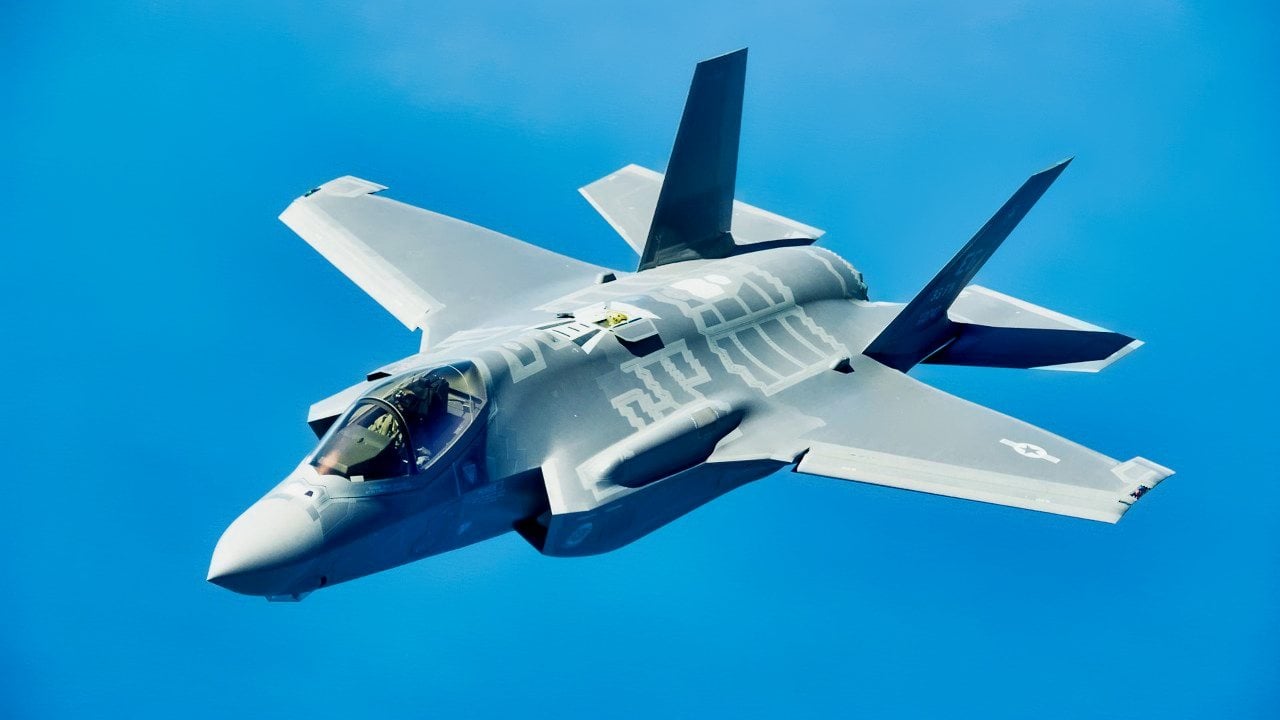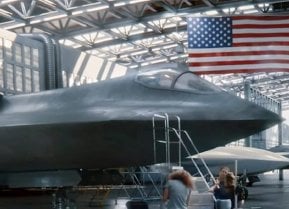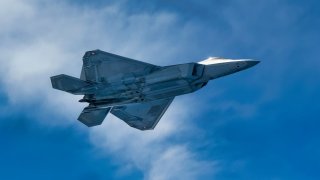$2,000,000,000,000 Win: China 'Stole' the F-35 Stealth Fighter
The F-35 Lightning II was intended to be America's premier next-generation warplane, lightyears ahead of its rivals. However, through industrial espionage, particularly the efforts of Chinese hacker Su Bin, China stole critical F-35 schematics.
Summary and Key Points: The F-35 Lightning II was intended to be America's premier next-generation warplane, lightyears ahead of its rivals. However, through industrial espionage, particularly the efforts of Chinese hacker Su Bin, China stole critical F-35 schematics.

-This theft enabled China to develop its own fifth-generation warplanes, such as the Chengdu J-20 Mighty Dragon and the FC-31, at a fraction of the cost and time.
-As a result, Beijing has gained significant ground in military technology, raising concerns about America's defense strategies and the need for better counter-espionage measures.
China Stole the F-35 Years Ago
The F-35 Lightning II represents the U.S. Air Force’s greatest investment across many years. This investment began decades ago. Following a sometimes painfully slow development process, the bird was finally ready for action. The reason that the Pentagon stuck with the program was not just because of its promise as a next-generation warplane, but because it was intended to be lightyears ahead of anything else America’s rivals possessed. Indeed, on paper it was.
Yet, America’s rivals, especially China, had other plans.
For many years, the Americans have looked down their noses at Red China. After all, the country was basically a giant North Korea for many years, notably during Mao Zedong’s reign of terror. But those days are long behind us.
Today, China is the second-largest economy in GDP terms. Since 2014, it has been the single-largest economy in purchasing power parity.
What’s more, China’s tech sector has caught up to the West in many respects.
Imitators or Innovators?
And it is here that Western powers continue to tut-tut about how they are innovative, whereas China is merely imitative. Indeed, for many years since they first opened their closed country to the West, the Chinese did merely copy Western technology, then mass-produce its clones. Places like Shenzhen and Shanghai were dubbed “Imitation Clusters” as opposed to the West’s “Innovation Clusters” like Silicon Valley.
This reality existed less because China and its people were incapable of innovation and more because the Chinese wanted to rapidly catch up to the West. If China spent its time creating everything from scratch, it would be perennially behind the Americans and their allies. Better to copy, or steal via industrial espionage, to keep pace with the Americans and eventually leapfrog them.
The F-35 program is one program where the Americans and their allies believe they have outshone the Chinese. That is, until one looks at the current crop of People’s Liberation Army Air Force fifth-generation warplanes. In this case, the Chengdu J-20 Mighty Dragon and the FC-31, which is currently under development.
Many China watchers quip that the two Chinese warbirds look like copies of American fifth-generation warplanes, the F-22 Raptor and the aforementioned F-35.
But, how could that be?
The F-35 was one of the Pentagon’s most secret warplanes. Designs fwere supposedly kept on protected servers in the bowels of the Pentagon. But thanks to the nefarious activities of Su Bin, a legendary Chinese hacker, the networks of multiple U.S. defense contractors were penetrated, and some schematics of the F-35 were stolen.
F-35 Is Just the Start : China is Eating Our Lunch
The first F-35s rolled into action. The program will cost upwards of $2 trillion, by the way.
America’s only problem was that the proverbial cat was out of the bag. In one fell swoop, Chinese cyber espionage artists got their claws on F-35 designs and had all the time and resources they needed to figure out some of its weaknesses, develop countermeasures, and, of course, clone parts of it.
They did this at a fraction of what it would have cost them to create their own fifth-generation warplane and all the defenses against such a platform.
And Beijing has had decades now to work on ways to overcome and stymie the F-35, which has been dubbed as America’s primary warplane (and the main warplane of many other allied nations). As Adm. Dennis F. Poindexter wrote over a decade ago, this is the pattern of China’s industrial espionage for at least 20 years.

Perhaps the Pentagon should stop blowing trillions of dollars and spending all this time building these advanced systems and spend some of that money on capabilities that will detect and deter Chinese espionage operations.
Author Experience and Expertise: Brandon J. Weichert
Brandon J. Weichert, a National Interest national security analyst, is a former Congressional staffer and geopolitical analyst who is a contributor at The Washington Times, the Asia Times, and The-Pipeline. He is the author of Winning Space: How America Remains a Superpower, Biohacked: China’s Race to Control Life, and The Shadow War: Iran’s Quest for Supremacy. His next book, A Disaster of Our Own Making: How the West Lost Ukraine, is due October 22 from Encounter Books. Weichert can be followed via Twitter @WeTheBrandon.
All images are Creative Commons or Shutterstock.
From the Vault
Russia Freaked Out: Why the U.S. Navy 'Unretired' the Iowa-Class Battleships
Battleship vs. Battlecruiser: Iowa-Class vs. Russia's Kirov-Class (Who Wins?)


